|
|
|
|
Species Photo Gallery for Cyrtolobus inermis No Common Name 6 |
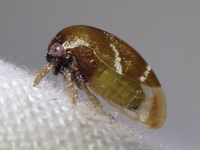 | Photo by: Cricket Raspwt
New Hanover Co.
Comment: Attracted to 395 nm moth light |  | Photo by: Cricket Raspwt
New Hanover Co.
Comment: Attracted to 395 nm moth light |
 | Photo by: Cricket Raspwt
New Hanover Co.
Comment: Attracted to 395 nm moth light | 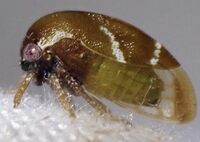 | Photo by: Cricket Raspwt
New Hanover Co.
Comment: Attracted to 395 nm moth light |
 | Photo by: Cricket Raspwt
New Hanover Co.
Comment: Attracted to 395 nm moth light | 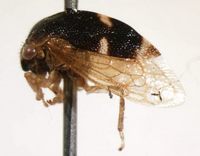 | Photo by: Matthew S. Wallace
Out Of State Co.
Comment: |
|

 »
»
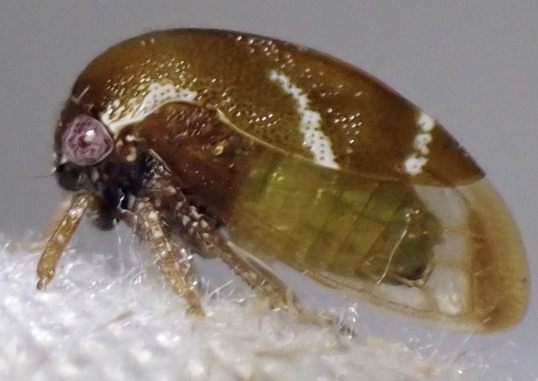
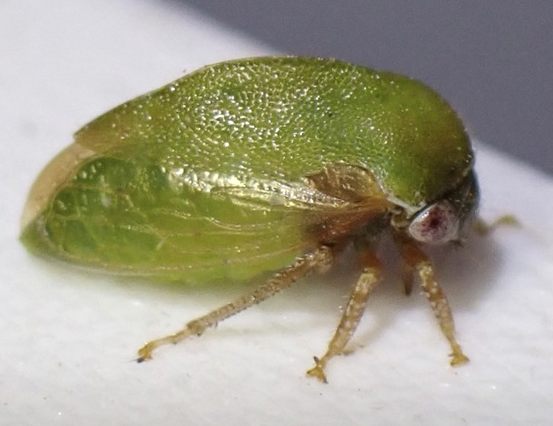

 »
»

